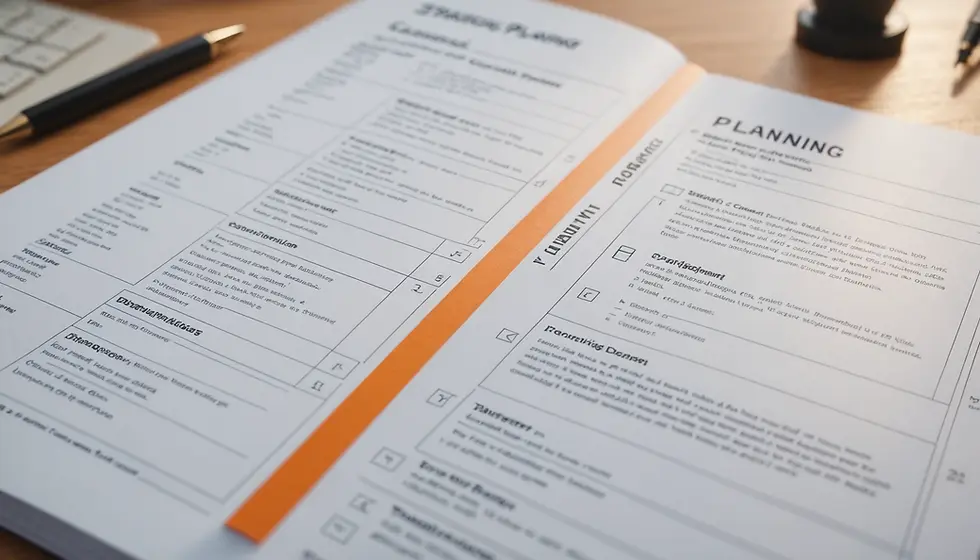SaaS Product, Sales Tax & Economic Nexus in U.S
- Haim Ratzabi
- Oct 16, 2022
- 4 min read
Products and services can now be sold internationally with ease. SaaS products, for example, live online and therefore can be sold wherever there’s Internet access. And while this provides new opportunities for tech companies, it also causes many issues, the most prevalent of which is the nuance of local tax laws.
Any time a SaaS company sells its product, it’s required to follow the sales tax laws in the region where the product was purchased. This means that businesses need to be aware of each and every sales tax law in each state, province, country, or region in which they conduct business.
Overview
Sales tax
Sales tax like VAT is an indirect tax - a tax collected by the seller who charges the buyer at the time of purchase and then pays or remits the tax to the government on behalf of the buyer. Sales tax is collected by the retailer when the final sale in the supply chain is reached. In other words, end consumers pay sales tax when they purchase goods or services.
Sales tax obligations are triggered by nexus - e.g. taxpayers with a physical presence in a tax jurisdiction or who meet economic nexus thresholds.
What is the economic nexus?
The past couple of years have been unprecedented in terms of sales tax law changes that impact online sellers.
The whirlwind began after the U.S. Supreme Court handed down its decision in South Dakota v. Wayfair in June 2018. This decision changed the game for online sellers. The Wayfair decision is all about nexus. Nexus is the level of connection between your business and the state that obligates you to register and collect sales tax.
The Supreme Court ruled that physical presence is no longer the main requirement for creating nexus, that it can also be created when a seller’s sales into a state exceed certain economic thresholds. What didn’t change is that physical presence, such as due to inventory or employees in the state, still creates nexus as it always has, without regard to the new economic thresholds.
An annual sales of $100,000 is the common threshold.
The economic nexus thresholds are not relevant in states where you have physical presence. The Wayfair decision did not alter states’ longstanding physical presence rules.
The core elements of physical nexus are people and property. Evaluating physical nexus involves asking questions like:
Where do you have employees working on your behalf - either temporarily or permanently?
Where do you have a permanent place of business?
Do you have a temporary place of business like a trade show booth?
Here’s a complete breakdown of the state-wise economic nexus thresholds.
What is a SaaS Product in the U.S.?
The United States breaks down software into one of three categories: Tangible software, downloaded software, and software accessed via the cloud. Understand the classification of each so you know if you’re product is considered SaaS.
Tangible software - refers to instances where a technology product is sold to a customer in a box or something similar.
Downloaded software - refers to is a software license that allows a customer to download a tech tool directly to their local hard drive.
Software accessed via the cloud - This type of software is a tool in which a customer accesses over an Internet connection, also known as a service accessed via the cloud or a SaaS product. SaaS products do not allow for downloading. Instead, they access the software via remote access only. Some states denote this as either “canned or custom software delivered on tangible personal property,” and require sales taxes. However, some do not. If you have a cloud-based software tool that uses hosted application management or software on demand, you’re selling a SaaS product and need to be aware of U.S. state sales tax laws.
Sales tax within the U.S. varies by state. Each of the country’s 50 states has their own views on the taxability of SaaS products. However, there is a specific way in which you can verify whether or not your SaaS company needs to charge sales tax within the U.S.
If your product is defined as a SaaS tool by the U.S. (noted in the section above), then follow the steps below to find out if you have to charge your customers a sales tax:
Note each state in which your company sells a SaaS product.
Check which of these states recognize a “nexus” on software companies, which fall under either traditional physical presence or click-through and affiliate nexus standards.
Find out which of these taxes are levied in the state in which you’ve done business:
Sales taxes on canned software delivered on tangible personal property.
Canned software may include SaaS products in specific states because it is considered “software solutions that cannot be modified or altered beyond their original functionalities.”
Sales taxes on custom software delivered on tangible personal property.
Custom software may now include SaaS enterprise software in some states.
Verify if your SaaS-classified product falls under any of the two software types recognized by the state in which you’ve done business.
If so, you’ll need to charge sales tax in that state for each SaaS product sold within the state.
Appendix:
Use the state-by-state infographic ( By: Thompson Reuters) to find out which states assert economic nexus or require marketplace facilitators to collect sales and use tax on third-party sales.

Sources:
Quaderno - Sales Taxes for SaaS Products in the U.S. - https://bit.ly/2OSrw66
Thompson Reuters -What is the difference between sales tax and VAT? - https://tmsnrt.rs/3c4MXJL




Kommentarer